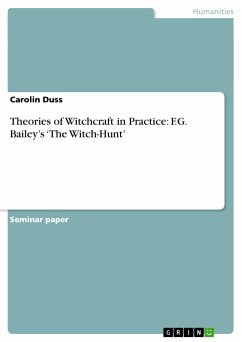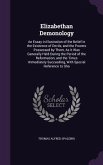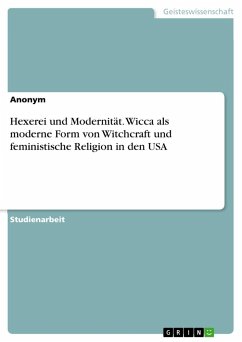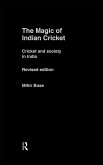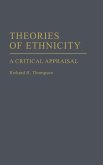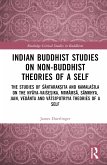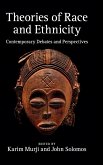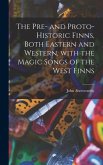Seminar paper from the year 2007 in the subject Ethnology / Cultural Anthropology, grade: 1,3, University of Heidelberg (Institut für Ethnologie), course: Sorcery and Witchcraft in South Asia: Theories and Practices of the Occult, language: English, abstract: To most people growing up in a Western cultural setting, magic, sorcery and witchcraft hold a certain fascination. There always seems to be something mysterious, extraordinary, even risky to the named issues, probably because we just don't face them in everyday life.Anthropology shares this fascination for the following reasons: "cross-cultural prevalence, frequent cultural prominence, paradoxical attributes, no doubt the attraction of the exotic, and the potential for testing theories about belief and social action" (Levine 1982: 259). In this paper, I will focus mainly on the subject of witchcraft without disregarding important links to magic and sorcery. Central questions are: What is witchcraft? Under what circumstances does witchcraft appear? Why do people accuse others of it or confess to witchcraft themselves? How does witchcraft relate to the social structure, economics, politics and personal affairs of the members of a society? There have been different answers to those questions since the first papers on magic, sorcery, and witchcraft have been written in the late 19th and early 20th century. In chapter 2, I will therefore present a historical overview of the most important approaches in general which are also especially important for this study. Theories by Frazer, Tylor, Malinowski, Evans- Pritchard and Douglas will be sketched out. Beforehand I will try to discern the concepts of magic, witchcraft and sorcery in chapter 1 and name their most important aspects. This differ-entiation is important to do, since the meanings of the named terms have changed over the decades and there is still a bit of disaccord or confusion in the use and understanding of them today. In chapter 3, I will give a résumé of the monography 'The Witch-Hunt; or: a Triumph of Morality' by F.G. Bailey which is based on his fieldwork in an Indian village in 1953. He uses several anthropological approaches to explain and interpret the exceptional events that have taken place, drawing on functional, structural and psychological theories. Also in chapter 3, I will point out how Bailey provides empiric examples for theories stated by great anthropolo- gists over the decades. Lastly, I will draw a conclusion and try to answer the questions I posed above.
Hinweis: Dieser Artikel kann nur an eine deutsche Lieferadresse ausgeliefert werden.
Hinweis: Dieser Artikel kann nur an eine deutsche Lieferadresse ausgeliefert werden.

